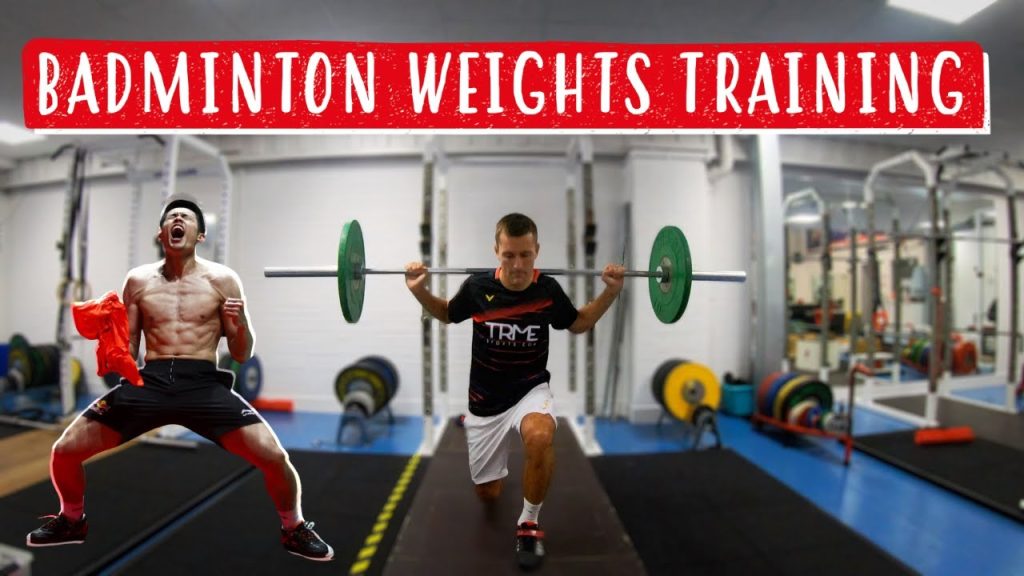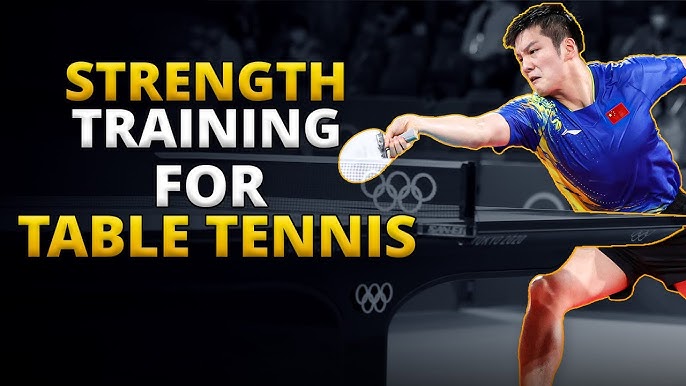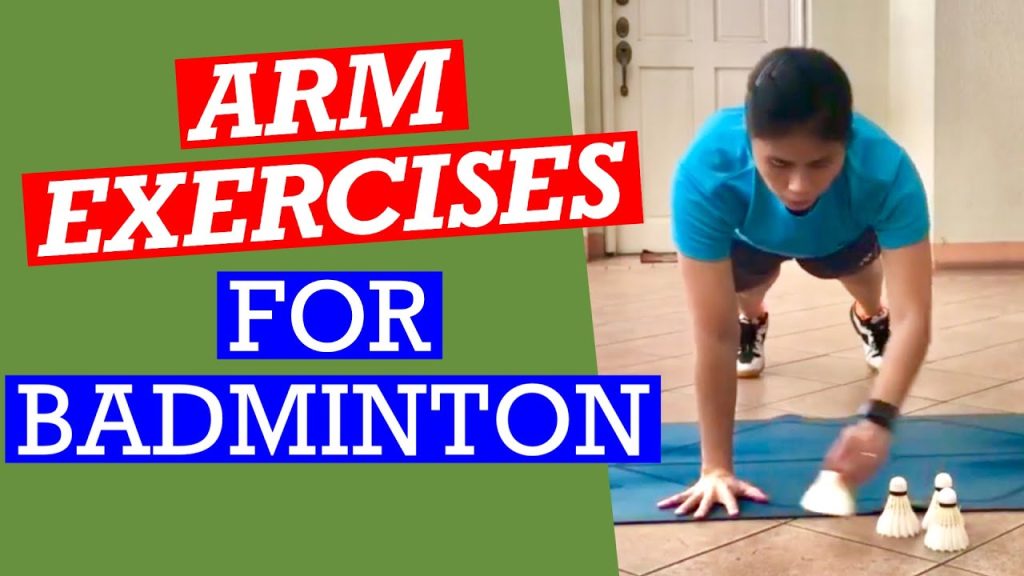Badminton requires agility, speed, and strength. Strength training workouts can elevate your game.
Strength training is crucial for badminton players. It enhances power, endurance, and injury prevention. Whether you are a beginner or a seasoned player, incorporating strength workouts can improve your performance. Think of it as building a solid foundation. Stronger muscles mean better stability and quicker movements on the court.
This blog will guide you through effective strength training exercises tailored for badminton. Learn how to boost your game with targeted workouts. Get ready to strengthen your body and enhance your badminton skills. Stay tuned for practical tips and exercises that you can easily incorporate into your training routine.
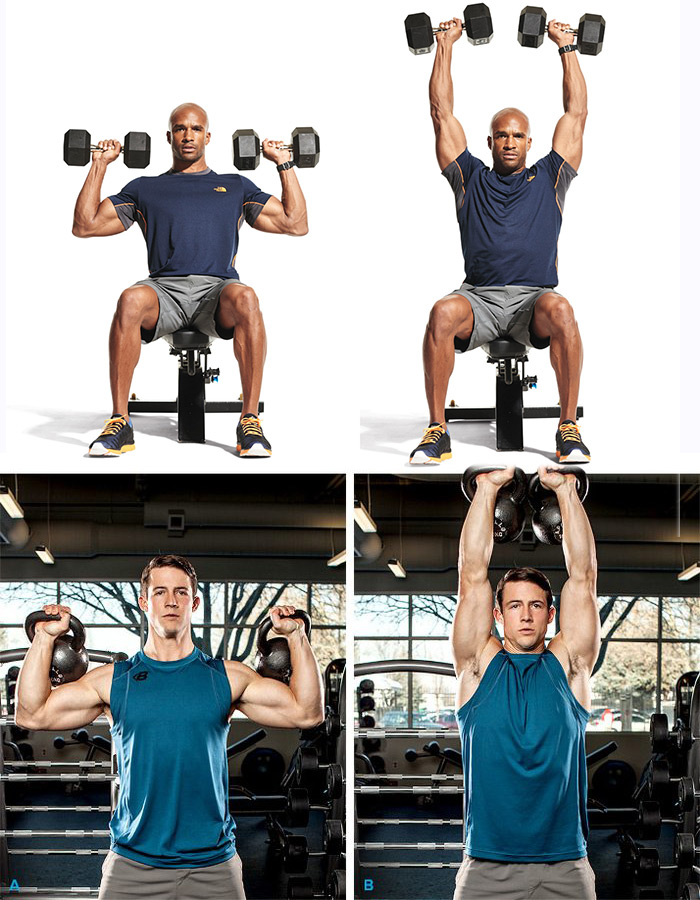
Credit: www.sportsuncle.com
Introduction To Badminton Strength Training
Badminton is a fast-paced game. It requires agility, speed, and strength. While technique and skill are vital, strength training can significantly improve your performance. This section explores the importance and benefits of incorporating strength workouts into your badminton routine.
Importance Of Strength In Badminton
Strength plays a crucial role in badminton. Here are some reasons why:
- Powerful Shots: Strong muscles help you hit powerful smashes and drives.
- Endurance: Strength training boosts your stamina. This allows you to maintain peak performance throughout the match.
- Agility: Strong legs and core improve your agility. You can move quickly and maintain balance.
- Injury Prevention: A well-conditioned body reduces the risk of injuries. Strong muscles support joints and withstand stress better.
Benefits Of Strength Training
Incorporating strength training into your routine offers numerous benefits:
| Benefit | Description |
|---|---|
| Improved Performance | Strength training enhances your overall game. You can hit harder, move faster, and react quicker. |
| Increased Endurance | With stronger muscles, you can sustain high performance levels for longer periods. |
| Better Recovery | Strength training helps your muscles recover faster. You can train more frequently and effectively. |
| Mental Toughness | Strength training builds mental resilience. Facing physical challenges makes you mentally stronger and more focused. |
By integrating strength training into your badminton workouts, you can enhance your game. You’ll play with more power, speed, and confidence. Start with simple exercises and gradually increase intensity.
Core Exercises For Badminton Players
Strengthening the core is crucial for badminton players. It improves stability, balance, and power. A strong core helps in quick movements and prevents injuries. Here, we will discuss two essential core exercises: Planks and Variations and Russian Twists.
Planks And Variations
Planks are great for building core strength. They engage multiple muscle groups. To start, hold a basic plank position. Keep your body straight from head to heels.
- Standard Plank: Support your body with your forearms and toes. Hold this position for 30 seconds. Gradually increase the duration.
- Side Plank: Lie on your side. Support your body with one forearm. Keep your body in a straight line. Switch sides after 30 seconds.
- Plank with Leg Lift: Assume a standard plank position. Lift one leg off the ground. Hold for a few seconds. Switch legs and repeat.
Russian Twists
Russian Twists improve rotational strength. This is vital for badminton strokes. Sit on the floor. Lean back slightly. Lift your feet off the ground.
- Hold a weight or a ball with both hands.
- Twist your torso to the right. Bring the weight beside your hip.
- Return to the center. Twist to the left. Repeat.
Start with 10 twists on each side. Increase as your strength improves.
Leg Strength Workouts
Leg Strength Workouts are essential for badminton players. Strong legs improve agility, speed, and endurance. This section covers key exercises to boost leg strength. These workouts are simple yet effective. They target various leg muscles crucial for badminton.
Squats And Lunges
Squats are a powerhouse exercise. They target your quadriceps, hamstrings, and glutes. To perform a squat:
- Stand with feet shoulder-width apart.
- Lower your body as if sitting in a chair.
- Keep your back straight and knees over your toes.
- Rise back to the starting position.
Repeat this 10-15 times for 3 sets.
Lunges are another great exercise. They work on your quads, hamstrings, and glutes. To do a lunge:
- Stand upright with feet together.
- Step forward with one leg and lower your hips.
- Both knees should be bent at 90 degrees.
- Push back to the starting position.
Perform 10-15 reps on each leg for 3 sets.
Calf Raises
Calf raises strengthen the lower legs. This is critical for quick direction changes. To do calf raises:
- Stand with feet hip-width apart.
- Lift your heels, standing on your toes.
- Hold for a moment, then lower your heels.
Repeat 15-20 times for 3 sets. For extra challenge, try single-leg calf raises.
These exercises will boost your leg strength. Strong legs will enhance your badminton performance.
Upper Body Strength Exercises
Badminton demands not only agility and speed but also considerable upper body strength. A strong upper body can enhance your smashes, clears, and overall game performance. Incorporating upper body strength exercises into your training routine is essential.
Push-ups And Pull-ups
Push-ups are a fundamental exercise for building chest, shoulder, and tricep strength. They are easy to perform and require no equipment. Start with a standard push-up. Place your hands shoulder-width apart and keep your body straight. Lower yourself until your chest nearly touches the ground. Push back up to the starting position.
Pull-ups are excellent for strengthening your back, shoulders, and arms. Find a sturdy bar that can support your weight. Grip the bar with your hands shoulder-width apart, palms facing away. Pull yourself up until your chin is above the bar. Lower yourself back down with control.
Dumbbell Rows
Dumbbell rows target your back muscles and improve your posture. Grab a dumbbell in one hand. Place the opposite knee and hand on a bench for support. Keep your back straight and pull the dumbbell towards your hip. Lower it back down with control.
Performing dumbbell rows regularly can enhance your back strength. This helps in executing powerful shots and maintaining balance on the court.
Plyometric Training For Explosiveness
Badminton requires quick movements and explosive power. Plyometric training helps boost these qualities. By incorporating plyometric exercises, you can enhance your speed and agility. These exercises focus on explosive movements. They condition your muscles to react faster and more powerfully.
Box Jumps
Box jumps are a great way to build explosive strength. They focus on your leg muscles, improving your jumping ability. Follow these steps to perform box jumps correctly:
- Stand in front of a sturdy box or platform.
- Bend your knees slightly and swing your arms back.
- Jump onto the box, landing softly on both feet.
- Step back down and repeat.
Performing box jumps regularly improves your vertical leap. This is crucial for smashing and net play.
Burpees
Burpees are a full-body workout. They combine strength training and cardio. This makes them perfect for building explosive power. Here are the steps to do a burpee:
- Start in a standing position.
- Drop into a squat with your hands on the floor.
- Kick your feet back into a push-up position.
- Do a push-up and then return to the squat position.
- Jump up from the squat position and clap your hands overhead.
Burpees improve your overall endurance and power. They are excellent for badminton players who need to be quick and agile on the court.
Flexibility And Mobility Drills
In badminton, flexibility and mobility are crucial for peak performance. Efficient movement and quick reflexes rely on these attributes. Flexibility and mobility drills can help prevent injuries and enhance your game.
Dynamic Stretching
Dynamic stretching prepares your body for action. It involves moving parts of your body while gradually increasing reach, speed, or both. Arm swings and leg swings are good examples. These movements warm up the muscles and improve range of motion. Perform dynamic stretching before your game or workout. It helps you stay agile and ready.
Foam Rolling
Foam rolling is a self-myofascial release technique. It helps reduce muscle tightness and improve blood flow. Use a foam roller on your calves, quads, and back. Roll slowly over each muscle group for about 30 seconds. If you find a tender spot, pause and hold for a few seconds. Foam rolling can be done before or after workouts. It aids in recovery and keeps your muscles flexible.
Creating A Strength Training Routine
Badminton demands a blend of strength, agility, and endurance. A well-rounded strength training routine is key to enhancing your game. By focusing on the right exercises and schedules, you can boost your performance on the court.
Balancing Strength And Endurance
Combining strength and endurance exercises is vital. Strength training helps build muscle, while endurance training improves stamina.
Here are some exercises for both:
| Strength Exercises | Endurance Exercises |
|---|---|
| Squats | Running |
| Deadlifts | Cycling |
| Lunges | Swimming |
| Push-ups | Jump Rope |
Focus on these exercises. They will enhance your performance.
Scheduling Workouts
A balanced schedule prevents overtraining. It also ensures consistent progress.
Here is a simple weekly plan:
- Monday: Strength Training
- Tuesday: Endurance Training
- Wednesday: Rest or light activity
- Thursday: Strength Training
- Friday: Endurance Training
- Saturday: Rest or light activity
- Sunday: Rest
Adjust the schedule based on your fitness level. Listen to your body to avoid injuries.
Incorporate these tips into your routine. You’ll notice improvements in your strength and endurance.
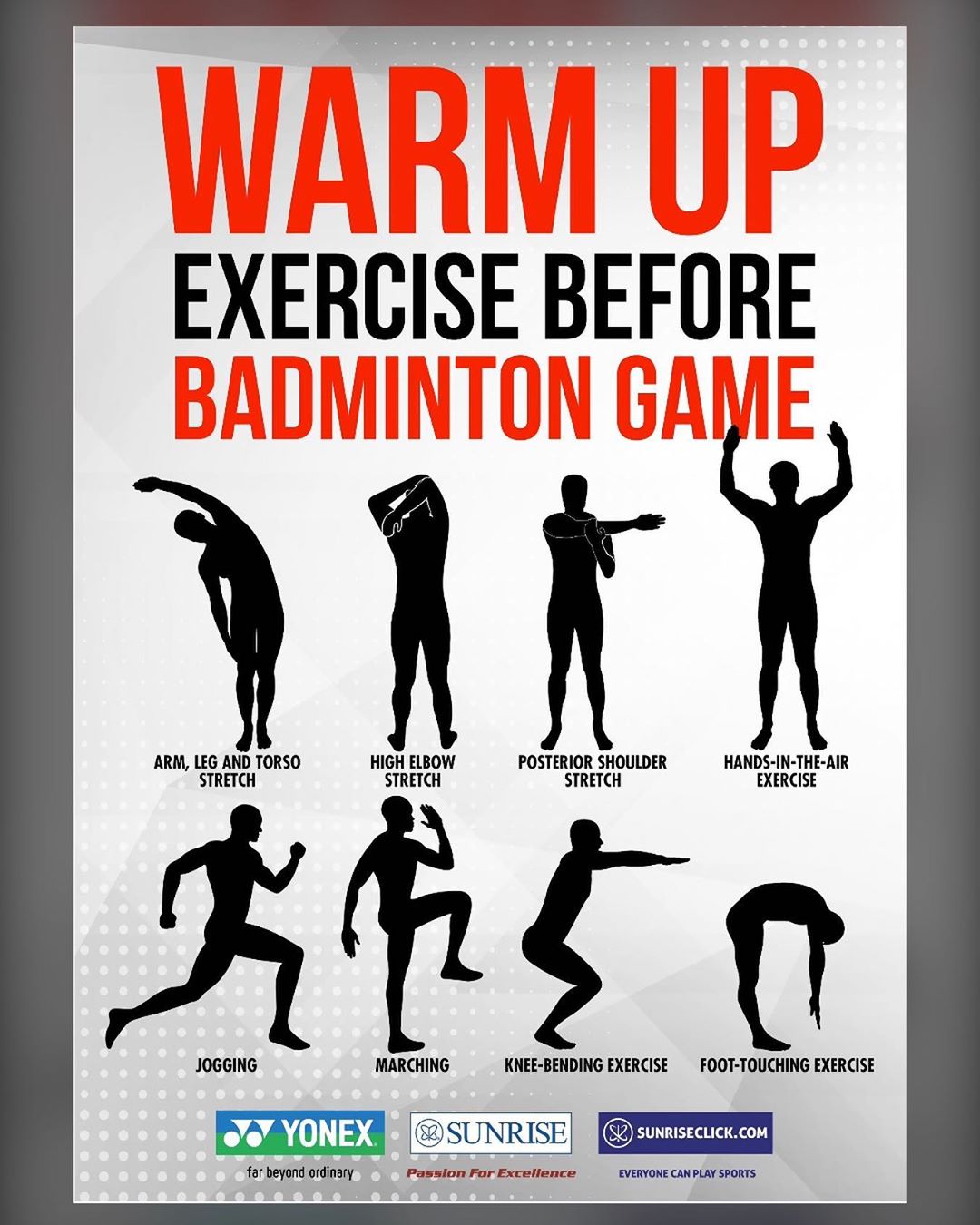
Credit: www.sportsuncle.com
Nutrition For Strength Training
Nutrition plays a vital role in strength training for badminton. Proper fuel helps athletes perform better and recover faster. This section will cover essential nutrition tips for strength training. Focus on pre-workout meals and post-workout recovery for optimal performance.
Pre-workout Meals
Eating before exercise gives your body the energy it needs. A balanced pre-workout meal should include carbohydrates and protein. Carbs provide quick energy, while protein supports muscle function. Consider eating a banana with peanut butter or a bowl of oatmeal. Both options are easy on the stomach and provide sustained energy.
Post-workout Recovery
Recovering after a workout is just as important as the exercise itself. Your body needs nutrients to repair muscles and replenish energy stores. A mix of protein and carbs is ideal. Try a smoothie with yogurt, berries, and spinach. Or have a chicken sandwich on whole grain bread. Hydration is also crucial. Drink plenty of water to help your body recover efficiently.
Tracking Progress And Staying Motivated
Tracking progress and staying motivated are key to success in badminton strength training workouts. Without these, it is hard to see improvements or stay committed. Let’s explore how to set goals and monitor performance effectively.
Setting Goals
Setting clear, achievable goals is essential. Goals provide direction and focus. They help you measure progress and celebrate success.
Start with specific goals. Instead of saying “I want to be stronger,” say “I want to improve my leg strength by 20% in three months.” This gives a clear target to aim for.
Use the SMART method to set goals:
- Specific: Define clear and precise goals.
- Measurable: Ensure you can track progress.
- Achievable: Set realistic goals.
- Relevant: Align goals with your badminton skills.
- Time-bound: Set a deadline.
Monitoring Performance
Monitoring performance helps you stay on track. It also shows what is working and what needs adjustment.
Track your workouts in a training log. Record exercises, sets, reps, and weights used. Note how you feel during and after the workout. This provides useful data for future reference.
Here’s a simple table to track your performance:
| Date | Exercise | Sets | Reps | Weight | Notes |
|---|---|---|---|---|---|
| 01/01/2023 | Squats | 3 | 12 | 50 kg | Felt strong |
| 01/03/2023 | Deadlifts | 3 | 10 | 60 kg | Lower back sore |
Review your log weekly or monthly. Look for patterns and areas for improvement.
Use a fitness app to track performance. Many apps provide insights and graphs. This makes it easy to see progress over time.
Celebrate small wins. Reaching a milestone, no matter how small, boosts motivation.
Stay motivated by reminding yourself why you started. Visualize your goals and the benefits of achieving them.
By setting clear goals and monitoring performance, you can stay motivated and track your progress effectively.

Credit: www.youtube.com
Frequently Asked Questions
What Are The Benefits Of Strength Training For Badminton?
Strength training improves power, agility, and endurance in badminton. It enhances muscle strength, reduces injury risk, and boosts overall performance.
How Often Should I Do Strength Training For Badminton?
Aim for 2-3 times per week. This frequency allows for muscle recovery and growth while improving your game.
What Exercises Are Best For Badminton Players?
Focus on squats, lunges, deadlifts, and planks. These exercises target key muscles used in badminton.
Can Strength Training Improve My Badminton Smash?
Yes, strength training enhances muscle power and coordination. This leads to a more powerful and effective smash.
Conclusion
Strength training boosts your badminton performance. It builds endurance, power, and agility. These workouts also help prevent injuries. Consistent training leads to better control and quick reflexes. Incorporate these exercises into your routine. Feel the difference on the court. Stay committed, and keep pushing your limits.
Your game will improve. Strong muscles, quick feet, and sharp focus. That’s the winning formula. Enjoy your training journey and see the results. Keep smashing those goals!

